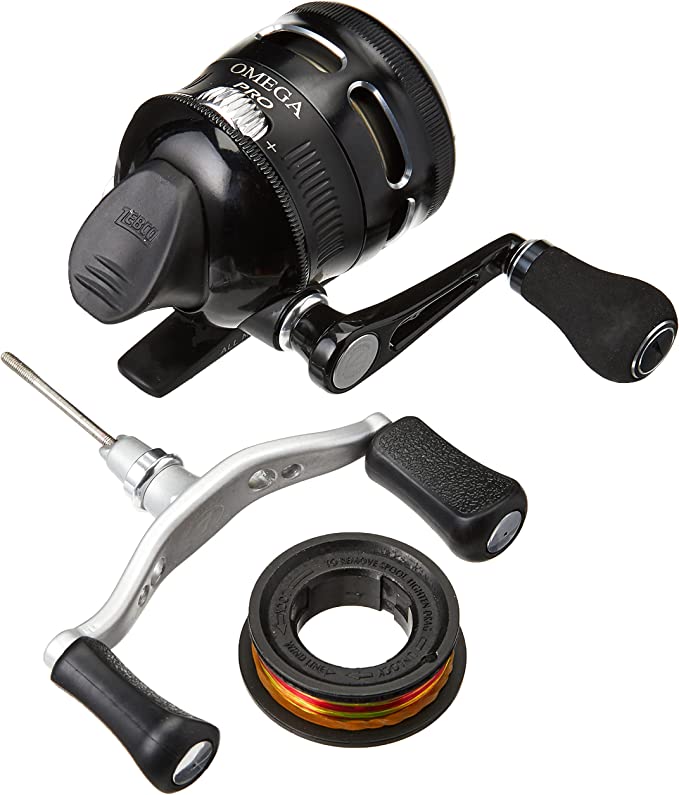The Physics of the Cantilever: Engineering RV Awning Durability
Update on Nov. 18, 2025, 9:26 p.m.
To the casual observer, an RV awning is a simple sheet of fabric. To the structural engineer, it is a Cantilevered Airfoil. When fully extended, an 18-foot awning presents over 140 square feet of surface area to the wind, held in place only by two localized mounting points on the RV wall.
The transition from manual, leg-supported awnings to 12V power awnings like the RecPro RV Power Awning Assembly represents a shift in user convenience, but it imposes severe mechanical demands. Without vertical support legs touching the ground, the entire structural load—gravity and wind shear—must be borne by the internal torque of the arms and the shear strength of the mounting bolts. To understand why these systems survive (and why they fail), we must analyze the materials science of the fabric and the electromechanics of the drive system.

The Sail Effect: Aerodynamics and Structural Load
An extended awning acts like a sail. Wind passing over the top creates low pressure (Bernoulli’s Principle), generating Lift. Wind catching underneath creates positive pressure, pushing it up. * The Cantilever Problem: In a power awning, the roller tube is suspended 8 feet out from the vehicle. This creates a massive Moment Arm. A 20mph gust can generate hundreds of pounds of uplift force. * The RecPro Solution: The “sturdy metal” arms (likely aluminum for weight/strength ratio) are designed with specific geometry to resist this torque. However, physics dictates that without ground support, the system relies entirely on the Shear Strength of the lag bolts in the RV wall. This is why retraction during wind is not a suggestion; it is a structural necessity.
Composite Materials: The Chemistry of “140 PSI”
The RecPro fabric is specified as having a tensile strength of 140 PSI. In textile engineering, this likely refers to a specific burst strength or grab test metric. The material is a composite:
1. The Substrate (Polyester): A woven grid of polyester fibers provides the Tensile Strength. It resists stretching and tearing under tension.
2. The Coating (Vinyl/PVC): Liquid vinyl is laminated onto the mesh. This provides Hydrophobicity (waterproofing) and UV protection.
Photo-oxidation is the primary killer of awnings. UV radiation breaks the polymer chains in vinyl, causing it to chalk and crack. RecPro’s fabric uses a heavy 16oz vinyl weight (implied by durability claims), which provides a thicker sacrificial layer for UV absorption, extending the lifespan before the structural polyester is exposed to the sun.

The Drive System: Worm Gears and Self-Locking
How does the awning stay open without sliding back? The 12V DC motor drives a Worm Gear mechanism inside the head. * Mechanical Advantage: A worm gear offers a high reduction ratio, converting high-speed/low-torque motor output into low-speed/high-torque rotation needed to tension the fabric. * Self-Locking Property: A unique property of worm gears is that the worm can turn the gear, but the gear cannot turn the worm. This friction lock prevents the spring tension in the roller tube from retracting the awning when the power is off. It is a passive safety feature derived from simple mechanics.
However, this also means you cannot simply push it closed if the motor fails. This is why knowing the location of the Manual Override nut (usually on the motor head) is critical for emergency retraction.

Installation Physics: The Importance of Anchorage
The instruction that installation “needs two people” is an understatement of the physics involved. An 18-foot roller tube is a long lever. * Torque Management: During installation, the spring-loaded tension (if applicable to the specific model variant) or the sheer weight creates a torque that can twist the frame. * Sealant Chemistry: The mounting lag bolts penetrate the RV’s skin. Using a non-hardening sealant like Butyl Tape is essential. It remains viscoelastic, accommodating the thermal expansion and contraction of the aluminum frame without breaking the waterproof seal. Hard curing silicones often fail under the vibration of road travel.
Conclusion: A System of Tensions
The RecPro Power Awning is a dynamic system constantly fighting the forces of nature. Gravity wants to pull it down; wind wants to tear it off; the sun wants to disintegrate it. By understanding the composite nature of the fabric and the mechanical limits of the cantilever design, owners can transition from passive users to active managers of their RV’s most vulnerable appendage.




















